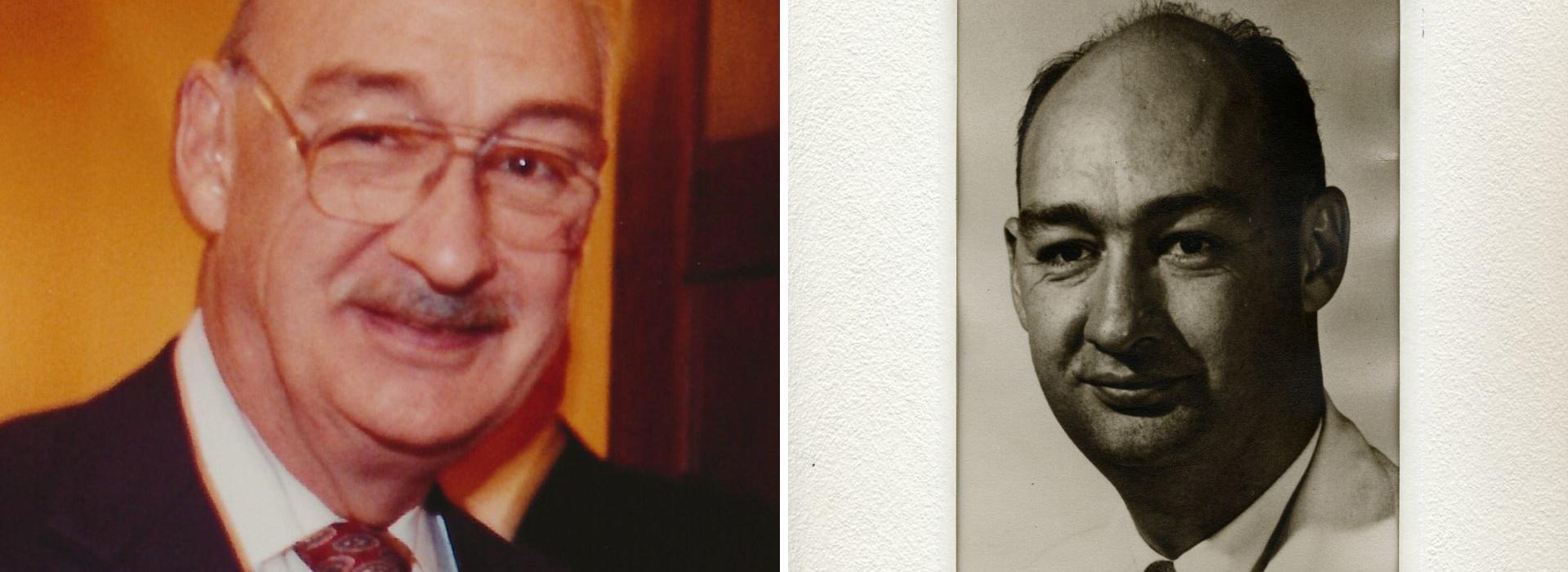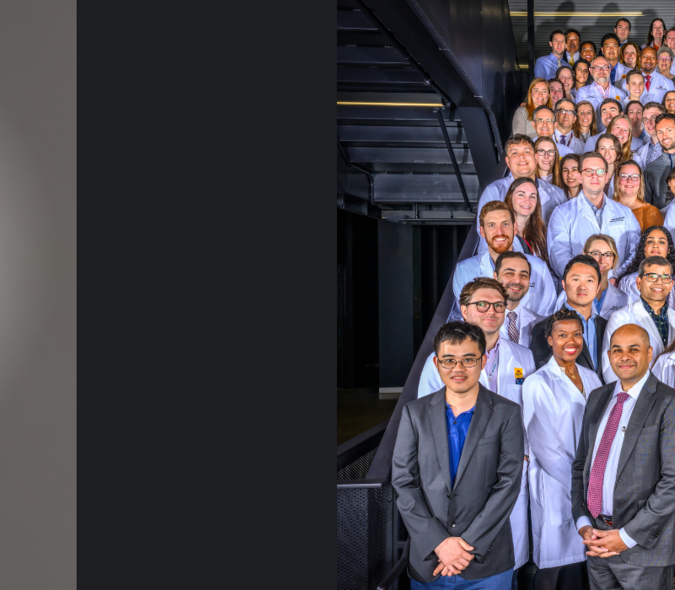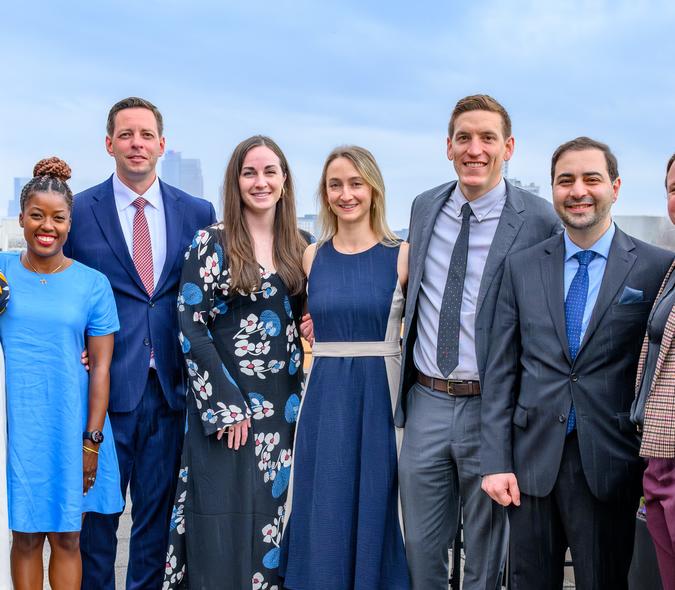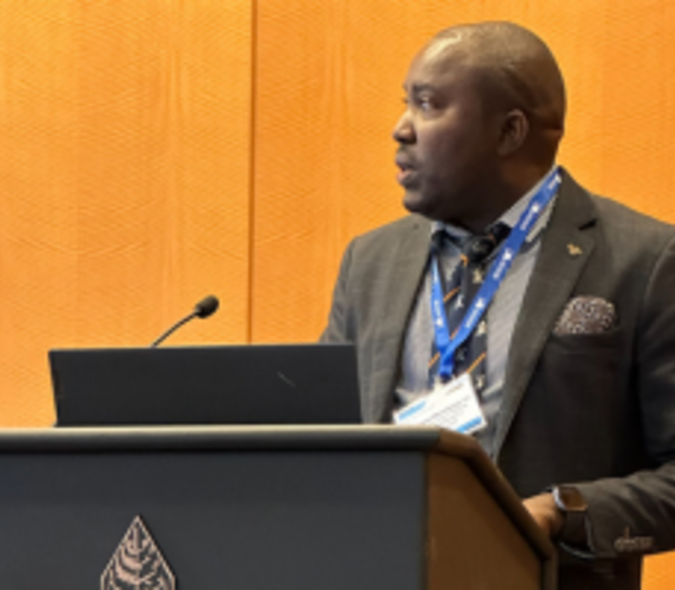
Remembering Former Interim Chair, Dr. Edward W. Humphrey
Edward W. Humphrey, MD (1926-2021)
Edward William Humphrey, MD, lived a full life in years, accomplishments, and humanity. His peers will remember him as a great surgeon, a superb mentor, an innovative thinker and researcher, a multi-faceted scholar, and a masterly leader. For those who had the privilege of knowing him personally, he will be memorialized for his unassailable integrity and humility.
Ed was born in Fargo, North Dakota, raised in Moorhead, Minnesota, and had his career interrupted by World War II. The Army sent him to language school, where he learned Japanese, subsequently serving to help Japanese soldiers to return home after the war. After military service, University of Minnesota undergraduate and medical school education, he returned to Moorhead as a family doctor and county coroner for three years. Unable to resist the call of academia, Ed returned to the University of Minnesota for a PhD in physiology and residency in the Wangensteen Surgery Department at the time was changing the world of healthcare by introducing life-saving therapy for bowel obstruction, bariatric surgery for obesity, and open heart surgery and future heart transplantation. During his laboratory tenure, he developed a cardiac stimulator machine. One day he was called to the operating room by Dr. C. Walton Lillehei to use his device to save a child whose heart was failing. The attempt was successful. It was the Humphrey innovation that was the stimulus for Earl Bakken, with the help of C. Walton Lillehei, to develop the cardiac pacemaker and to start the Medtronic Corporation.
In 1962, at 35, Ed Humphrey was appointed Chief of Surgery at the VA Hospital in Minneapolis. During his record 30 years in that position, he achieved legendary status as a thoracic surgeon; he was the choice for operating surgeon by his colleagues, unfortunately, to have developed an esophageal or pulmonary lesion. To all his patients, he gave hope; they revered him. He made many research and knowledge contributions to the field of lung cancer and to establishing its causal relationship to smoking. He gave leadership its true meaning. He amazed others with his breadth of interest and scholarship, well beyond the discipline of surgery. And most of all, he became known as a mentor of the craft of surgery and a role model of a healer to generations of students, surgery residents, and peers.
Ed deferred retiring in 1993 to serve as the interim Chair of Surgery at the University of Minnesota. His confident, ethical approach helped to bridge a time of turmoil. All greatly appreciated his dignified, quiet manner in overcoming difficulties. He was gentle in his relations with others, but it was a mistake to push him; he did not tolerate mendacity. For those who got to know him well, it was an honor to call him a friend.
As dedicated as he was to his calling, Ed was equally dedicated to his family. He and Noreen were married for 62 happy years; Noreen preceded him in death on November 18, 2012. The Humphreys had four children, daughters Kay and Joan, and deceased daughter Elizabeth and son Edward Jr., and five grandchildren who he adored.
Memorial Statement Written By:
Henry Buchwald, MD, PhD, FACS, HonFRCS
Emeritus Professor of Surgery and Biomedical Engineering
Owen H. & Sarah Davidson Wangensteen Chair in Experimental Surgery
University of Minnesota Medical School



